Invasive species are non-native plants, animals, or microbes that pose serious threats to human health and well-being, the environment, or our economy.
Asian carp jumping in Indiana rivers can injure boaters or damage boats.
Fast-growing invasive plants can choke-out native plants and take over forest stands.
Feral hogs can introduce diseases to domestic swine and damage crops, including corn, wheat, melons, and pastures.

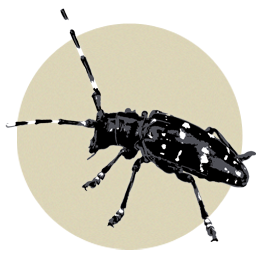
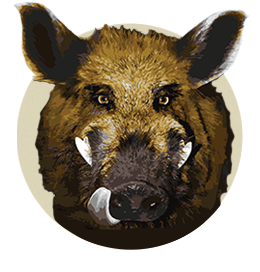


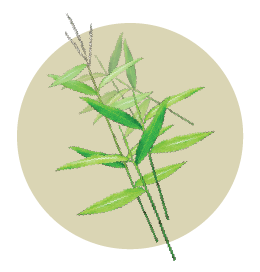
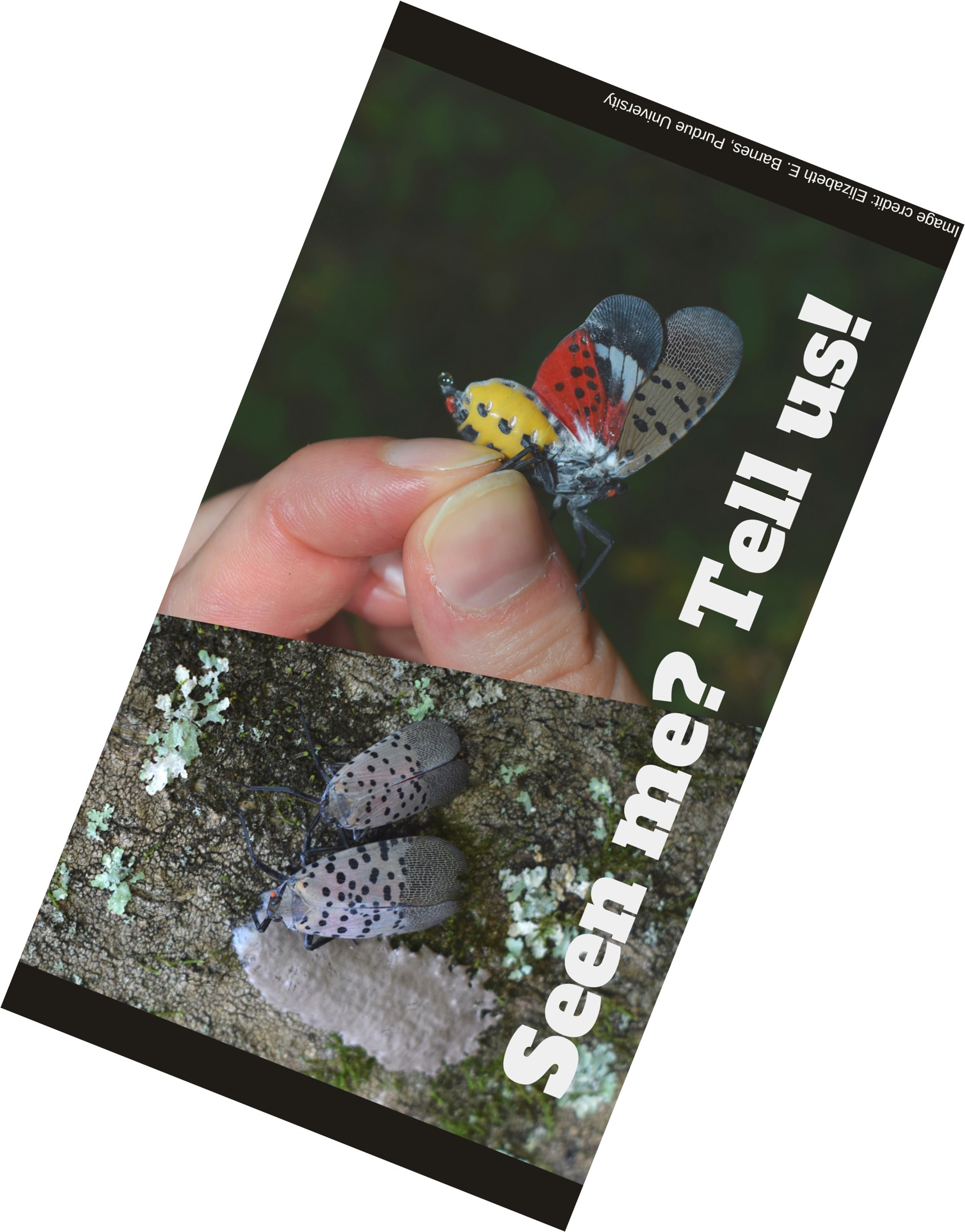
What you need to know:
For more information
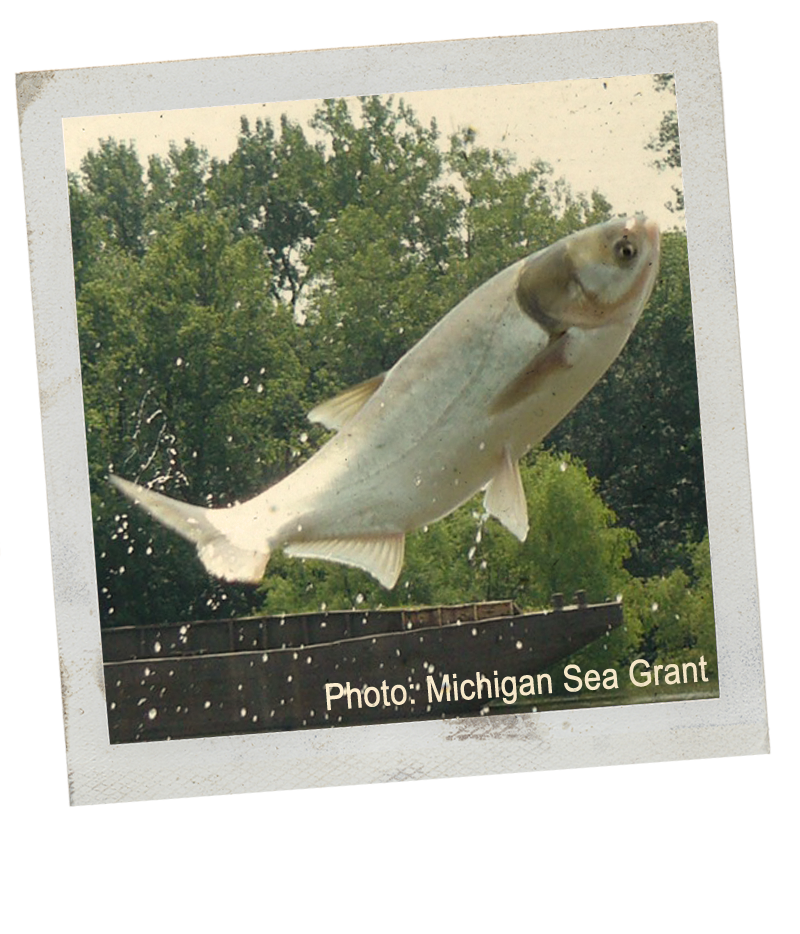
What you need to know:
For more information on stopping the flow of Asian carp,
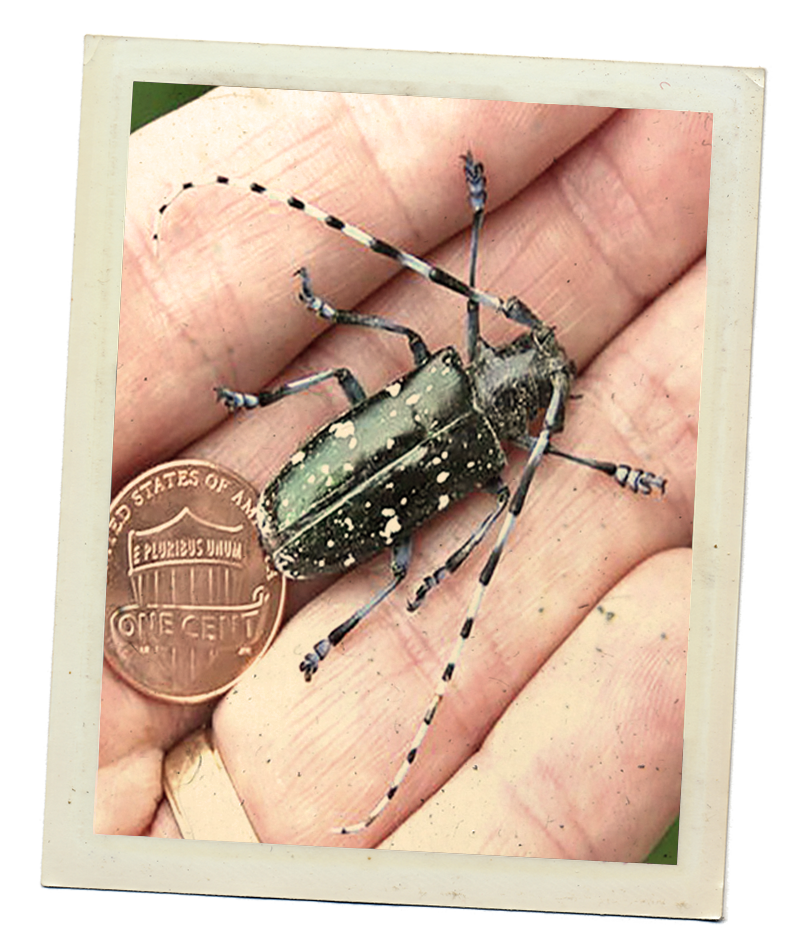
What you need to know:
For more information on stomping out the Asian longhorned beetle,
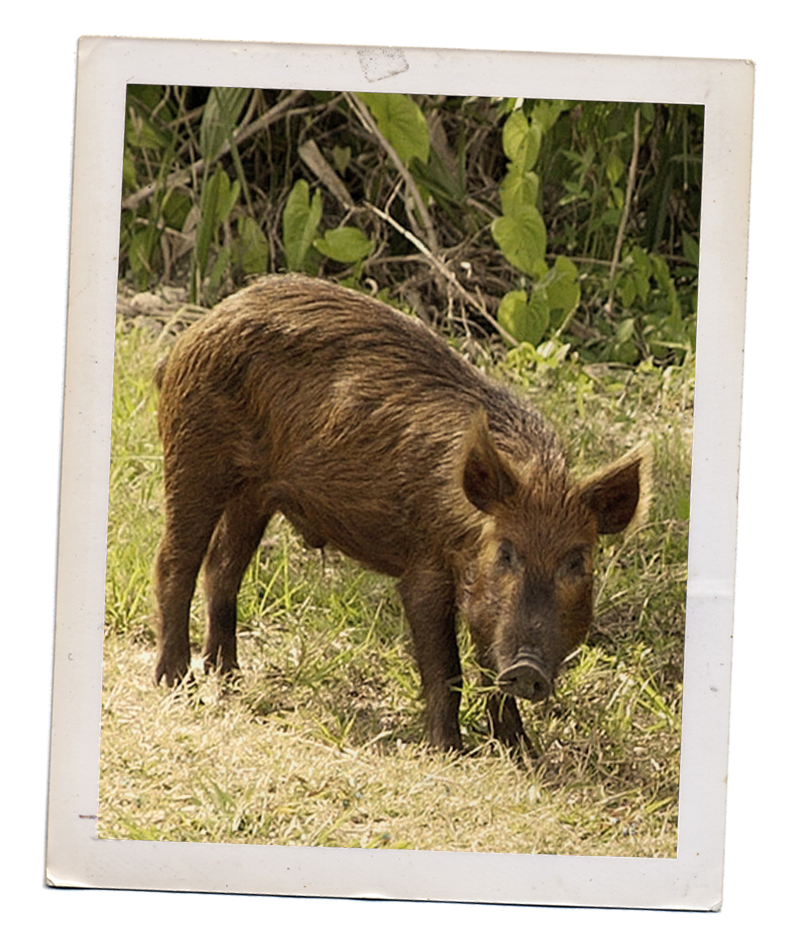
What you need to know:
For more information on stopping the feral hog, see
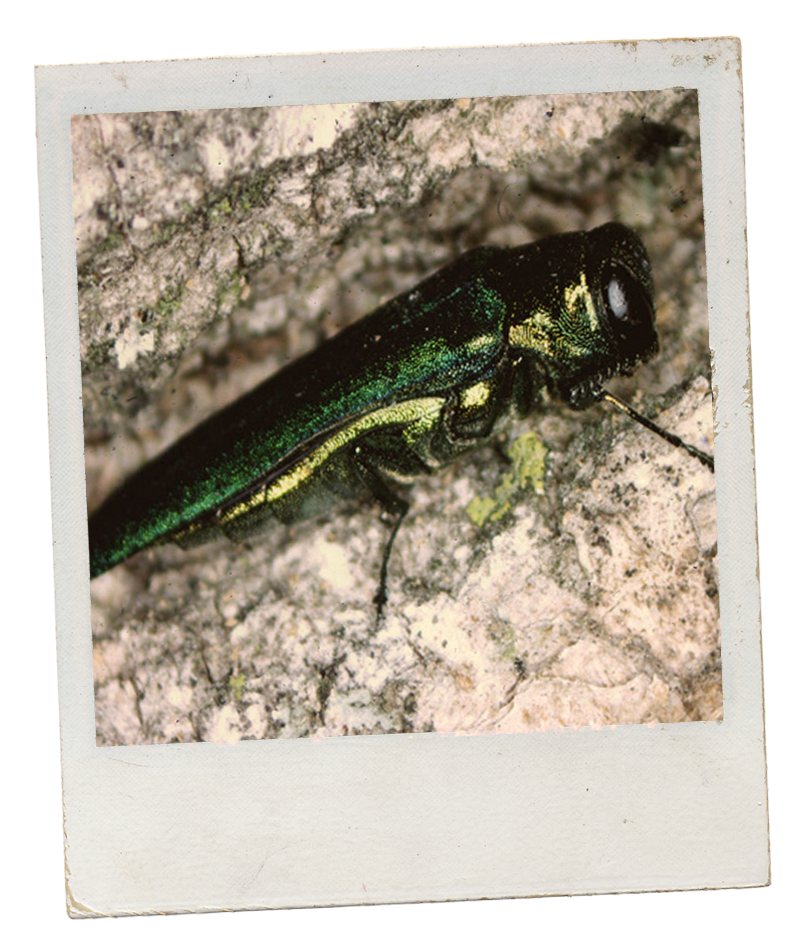
What you need to know:
For more information on stopping the spread of emerald ash borer, see
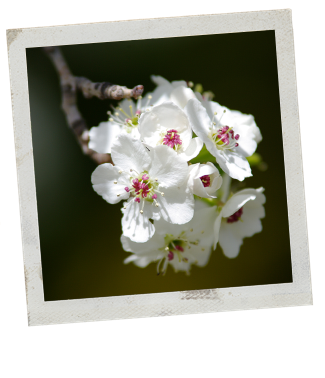
What you need to know:
For more information about stopping the invasive invasive Callery pear:
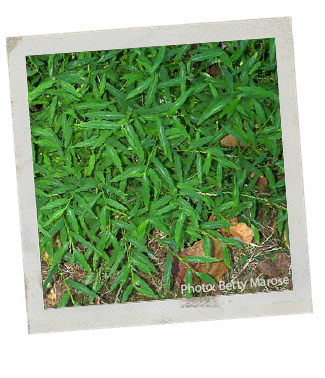
What you need to know:
For more information about halting the spread of Japanese stiltgrass: